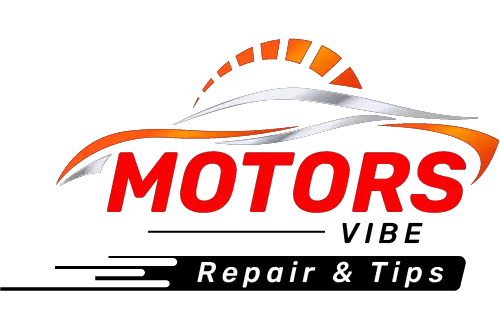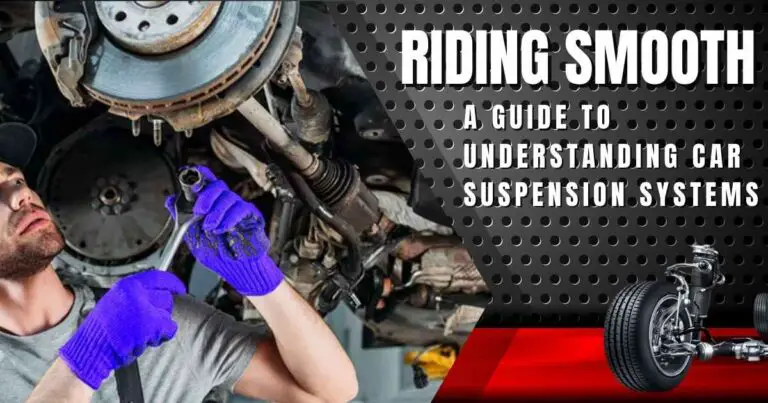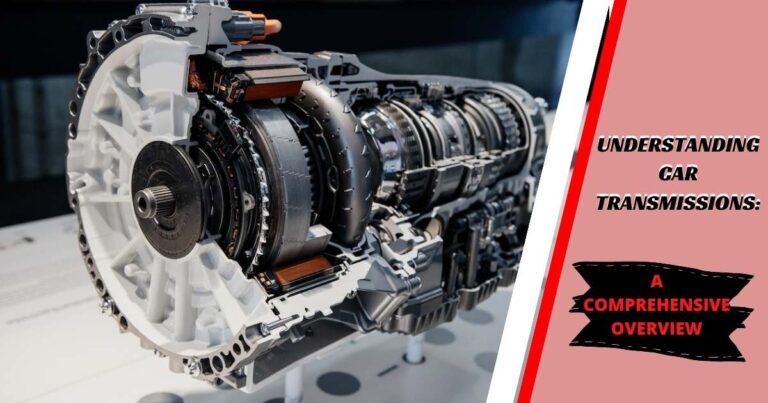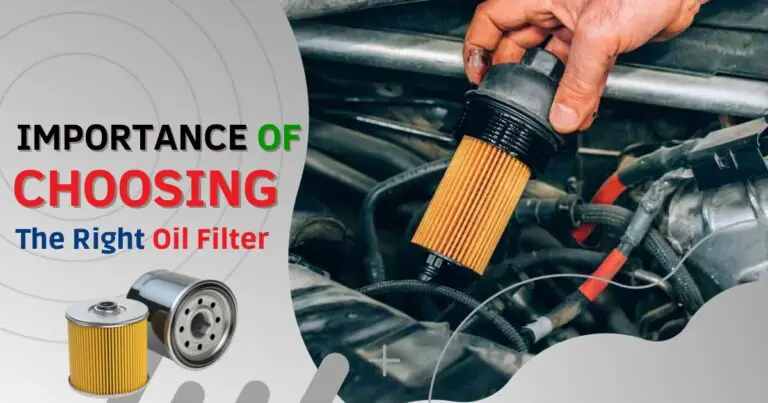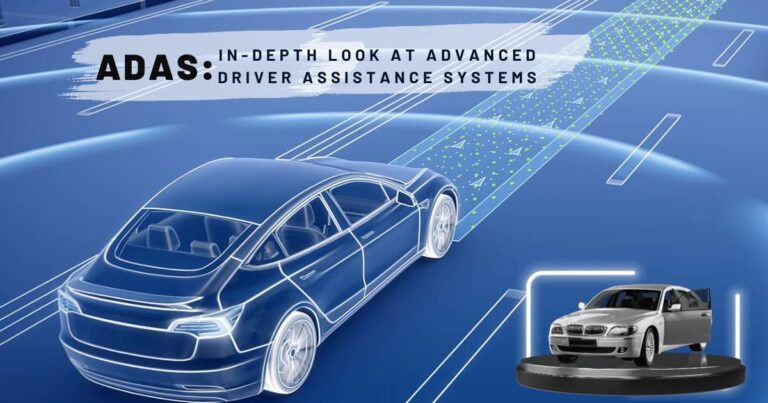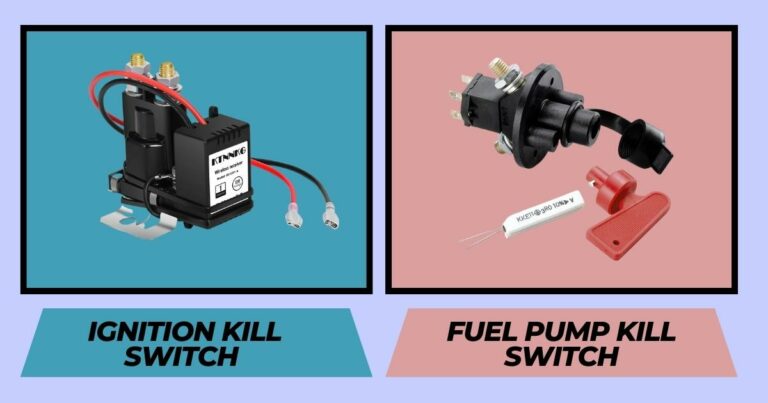Emergency Car Kit Essentials: Be Prepared on the Road
Every time you hit the road, unforeseen circumstances can arise, ranging from a minor inconvenience like a flat tire to more critical situations like a sudden breakdown in an isolated area. This is why it is essential to have a comprehensive emergency car kit on hand at all times. In this guide, we’ll walk you through the essential items to include in your emergency car kit to ensure you’re prepared for whatever the road may throw your way.
Essential Items for a Comprehensive Emergency Kit
A well-equipped emergency car kit can make a significant difference in ensuring your safety and the safety of others on the road. Putting up a comprehensive emergency kit entails carrying with you all of the essential items you need to address situations and challenges that may arise on the road. Here’s a breakdown of emergency car kit essentials and their importance;
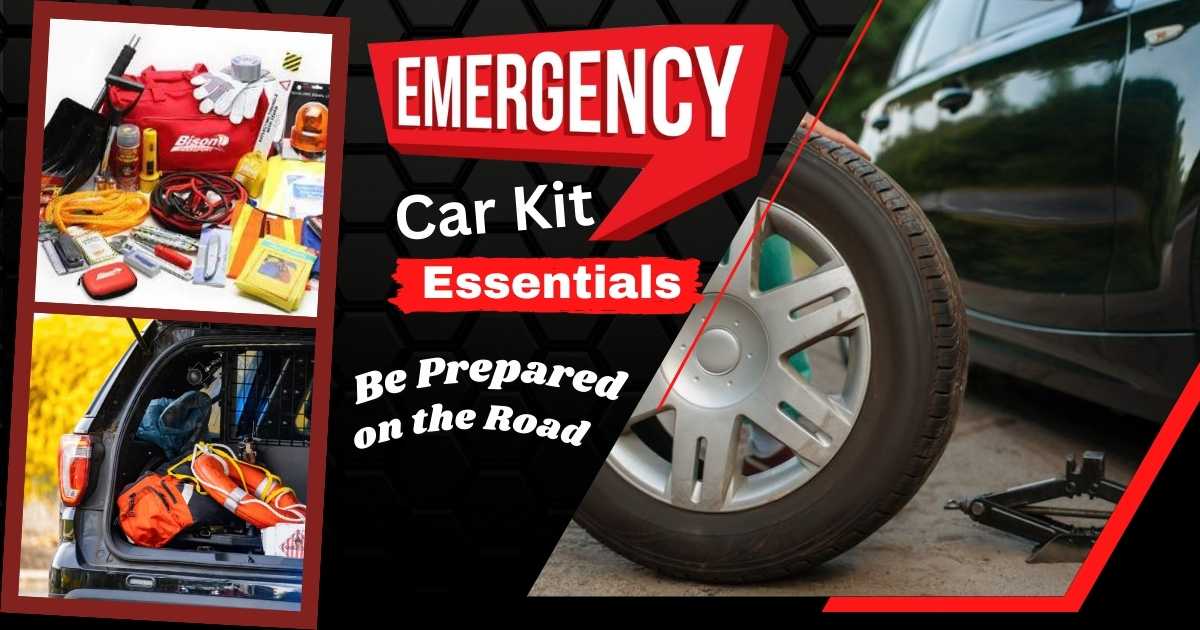
1. Basic Essentials
First Aid Kit
A first aid kit is an indispensable component of any car emergency kit. The kit serves as a first line of defense in addressing minor injuries and providing initial care until you can access professional medical help. Some of the items you’ll need to incorporate in a first aid kit include;
- bandages to cover and protect wounds
- antiseptic wipes for cleaning and disinfecting minor cuts and abrasions
- pain relievers to provide swift relief from discomfort
- prescription medications including any necessary medications for specific medical conditions
Emergency Contact Information
Emergency contact information allows first responders and medical professionals to quickly reach out to someone who can provide important details about you. Having emergency contact information readily accessible is paramount in ensuring swift communication during emergencies.
Reflective Warning Triangles/Flares
Visibility is a critical factor during roadside emergencies, especially in low-light conditions or adverse weather. In such cases, you’ll need to incorporate visual signals to allow for a quick and safe response, as well as alert oncoming traffic to the presence of your vehicle. These include reflective warning triangles and emergency flares.
2. Tools and Equipment
Jumper Cables
A dead battery is a common car woe. Jumper cables are a must-have in any emergency car kit as they provide a quick way to jump-start a vehicle with a dead battery. Dead batteries can happen unexpectedly, so having jumper cables on hand provides a convenient way to get your vehicle running again in no time.
Tire Repair Kit
A tire repair kit is useful for handling minor tire punctures and flats. It typically includes items that allow you to temporarily repair a damaged tire and continue your journey until you can reach a professional service or tire shop. Some of the tools you’ll need to have for tire repair include tire sealant, a plug kit, a pressure gauge, and a utility knife/scissors.
A tire repair kit may also include the equipment needed to install a spare tire, such as a lug wrench, a tire iron, and a jack. These components are essential for loosening and removing the lug nuts, lifting the vehicle off the ground, and securing the spare tire in place.
Multi-Tool
A multi-tool combines multiple functions in one compact device, often including features like pliers, knives, screwdrivers, scissors, and more. This versatility makes it invaluable for a wide range of tasks, from basic repairs to survival situations. You can use this tool to address problems with your vehicle engine, gear, and other components. When choosing a multi-tool, consider the features that are most useful for your needs.
Flashlight
A flashlight is crucial for providing illumination in low-light or dark conditions. You can also use a flashlight to signal for assistance in emergencies. Ideally, flashing the light in a specific pattern or SOS signal can help rescuers locate you, especially in remote or poorly lit areas.
Map and Compass
A map and compass are classic navigation tools that remain essential for emergency preparedness, outdoor activities, and navigating unfamiliar areas. These components offer a reliable means of navigation, especially in areas with limited or no GPS signal.
Whistle
A whistle is often used as a means of communication in challenging situations. Its loud and distinctive sound is effective in attracting attention over long distances and is commonly used for distress signals and group coordination in outdoor activities.
Fire Extinguisher
A fire extinguisher provides a quick and effective means of responding to small fires before they escalate. The best part is that fire extinguishers are designed to be user-friendly, with clear instructions on how to operate them.
Duct Tape
Duct tape serves as a quick and effective solution for temporary repairs. You can use the tape to hold together loose parts, secure a broken bumper, or patch up minor leaks, until proper repairs are made by a qualified professional.
3. Survival Supplies
Water and Non-Perishable Snacks
Dehydration can be a significant concern, especially during longer waits or unexpected delays. Having water and snacks in your car ensures that you are prepared for unforeseen circumstances and can maintain your well-being during prolonged waits.
Blanket or Emergency Sleeping Bag
Unexpected situations, such as road closures, accidents, or traffic delays, can lead to unplanned overnight stays. Adding a blanket or sleeping bag to your emergency kit ensures that you have a basic level of comfort and warmth if you need to spend the night in your car.
Weather-Appropriate Clothing
Consider the climate and include weather-appropriate clothing such as a rain poncho or warm layers for added comfort.
Reflective Safety Vest
The primary purpose of a reflective safety vest is to make you easily visible, even from a distance. Its fluorescent colors and reflective strips significantly increase the chances of being noticed, especially in situations with poor lighting or adverse weather conditions.
4. Recovery Gear
Tow Strap
A tow strap is a robust and durable piece of equipment designed for vehicle recovery. It’s typically made of strong nylon or polyester and has reinforced loops at each end. The strap is essential for self-recovery or assisting others in challenging situations.
Traction Strips
Traction strips, also known as recovery boards, are designed to provide extra grip and traction when your vehicle is stuck in slippery or muddy conditions. The strips are placed under the tires to enhance traction and aid your vehicle to gain traction.
Shovel
Adding a shovel to your recovery kit can prove valuable in emergencies. For instance, you can use the shovel to clear snow around your tires, dig your vehicle out of mud, or create a path in case of a snowstorm.
Safety Hammer
A safety hammer, also known as an escape hammer or rescue hammer, is often used to assist occupants in breaking vehicle windows or cutting seatbelts in emergencies. Safety hammers are designed to be compact and portable, making them easy to store in the glove compartment, center console, or other accessible areas within the vehicle.
5. Additional Considerations
Personal Documents
Always carry a copy of your identification, such as a driver’s license or passport. These documents are often useful in emergencies or situations where identification is required. You may also want to keep a copy of your car insurance documents in your kit.
Fully Charged Phone and Charger
Ensure your phone is fully charged for emergency preparedness. Additionally, carry a portable power bank or a car charger in your emergency kit to maintain your phone’s functionality at all times.
Emergency Radio
An emergency radio provides real-time updates on weather conditions, road closures, and emergency alerts. This information allows you to stay informed and make informed decisions during unforeseen events.
Maintenance Records
Keep basic vehicle maintenance records in your kit for quick reference and assistance. Maintenance records provide a documented history of recent repairs and services performed on your vehicle. This information is crucial for mechanics or roadside assistance personnel in diagnosing and addressing issues during breakdowns.
Tips for Car Kit Assembly and Maintenance
- Regularly inspect your car kit to ensure all items are in good condition. Check for any expired or damaged items and replace them as soon as possible.
- Consider the climate and terrain of your region when assembling your car kit. Tailor the emergency kit to address specific challenges you might encounter, such as extreme weather conditions or remote locations.
- Store your car kit in an easily accessible location, such as the trunk or under a seat. Quick access is crucial during emergencies by ensuring you can reach your kit without delay.
- Regularly update identification, insurance documents, and contact lists in your car kit. Keeping this information current ensures you’re prepared for various situations, including medical emergencies or interactions with authorities.
- Opt for tools with multiple functions to save space in your car kit. You can go for multipurpose tools like a multi-tool, which offer versatility without adding bulk.
- Include a list of emergency numbers specific to your region in your car kit. Having a localized emergency contact list can expedite help during critical situations
- Familiarize yourself with the tools in your car kit through regular practice. Learning how to use each tool makes it easy to deploy them effectively in high-pressure situations.
- Set a schedule for periodic reviews of your car kit and make updates as necessary. Periodic reviews allow you to adapt your kit to changing needs to ensure it remains relevant and functional.
- If you share the vehicle with others, involve them in understanding the car kit and its contents. Ensure that everyone is familiar with the location and usage of items in the kit.
Real-life Applications of Emergency Car Kit
Based on AAA’s data on rescue calls, the primary cause of rescue calls, by a significant margin, is a dead battery. Despite advancements in automotive batteries and failsafe features, dead-battery rescues have increased over the last decade.
Therefore, the top priority for a roadside emergency kit is a set of jumper cables or a compact portable jump-start battery. While jumper cables require a second-functioning vehicle, a portable battery provides a self-sufficient solution, allowing you to jump-start your car independently.
The second most common cause of roadside trouble is tire issues. In such cases, a functional spare tire, jack, and lug wrench are often the initial line of defense. You may also want to include a tire-tread puncture repair kit or tire sealant and means of re-inflating the tire.
The third most frequent cause of roadside assistance encompasses issues that require a tow, such as accidents, engine problems, or lockouts. Luckily, having a well-equipped emergency kit can help address most of these towing emergencies. Additional items like headlamps or flashlights, reflective safety vests, glow sticks, road flare substitutes, and a first-aid kit help enhance preparedness.
Basically, understanding the prevalent causes of rescue calls informs the selection and augmentation of a comprehensive roadside emergency kit. This ensures readiness for a range of scenarios that necessitate a car emergency kit on the road.
Conclusion
No one anticipates finding themselves in a critical situation, but it’s always wise to be ready if such a circumstance arises. As the saying goes “failing to plan is planning to fail”. As such, it’s crucial to have a roadside emergency kit to ensure that you’re ready for any situation on the road. By having these essentials on hand, you’ll drive with confidence, knowing you can handle whatever comes your way. Stay safe out there!
